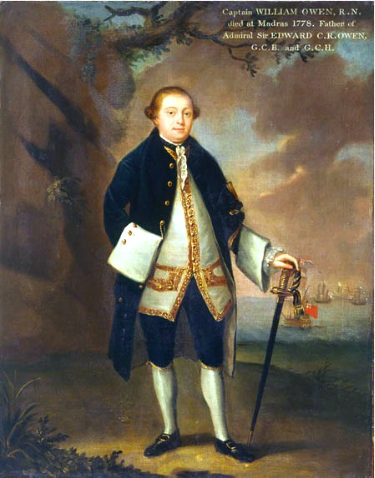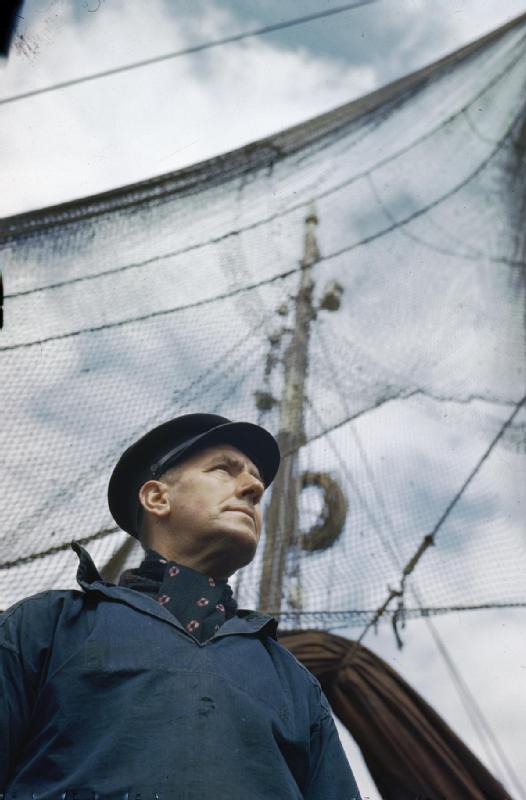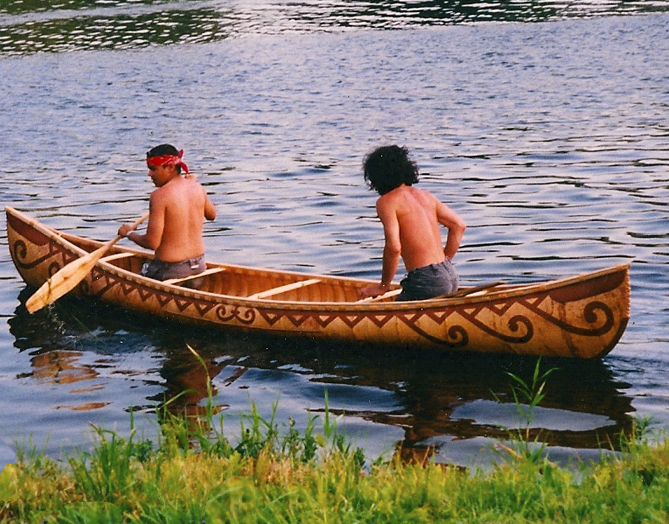|
Campobello Island
Campobello Island (, also ) is the largest and only inhabited island in Campobello, a civil parish in southwestern New Brunswick, Canada, near the border with Maine, United States. The island's permanent population in 2021 was 949. It is the site of the Roosevelt Campobello International Park and of Herring Cove Provincial Park. It has been governed as an incorporated rural community since 2010 but still receives some local service district (LSD) services from the province, being assessed for fire protection, policing, dog control, and general government, and is a member of the Southwest New Brunswick Service Commission (SNBSC). Despite the name, the rural community also includes all other islands in the parish. The island is part of Charlotte County, which was formed in 1784 when New Brunswick was partitioned from Nova Scotia. Origin of name In 1770, the entire island was granted to Capt. William Owen, who understated the size of the island to circumvent the size l ... [...More Info...] [...Related Items...] OR: [Wikipedia] [Google] [Baidu] |
Passamaquoddy Bay
Passamaquoddy Bay (french: Baie de Passamaquoddy) is an inlet of the Bay of Fundy, between the U.S. state of Maine and the Canadian province of New Brunswick, at the mouth of the St. Croix River. Most of the bay lies within Canada, with its western shore bounded by Washington County, Maine. The southernmost point is formed by West Quoddy Head on the U.S. mainland in Lubec, Maine; and runs northeasterly through Campobello Island, New Brunswick, engulfing Deer Island, New Brunswick, to the New Brunswick mainland head at L'Etete, New Brunswick in Charlotte County, New Brunswick. Overview The exact demarcation of the border in Passamaquoddy Bay was a long-standing issue between the United States and Britain/Canada. Already the Treaty of Ghent, ending the War of 1812, included a provision for the appointment of "commissioners to divide the islands of Passamaquoddy Bay between the United States and Great Britain" (see John Holmes). Nevertheless, confusions and ambiguit ... [...More Info...] [...Related Items...] OR: [Wikipedia] [Google] [Baidu] |
United Empire Loyalist
United Empire Loyalists (or simply Loyalists) is an honorific title which was first given by the 1st Lord Dorchester, the Governor of Quebec, and Governor General of The Canadas, to American Loyalists who resettled in British North America during or after the American Revolution. At the time, the demonym ''Canadian'' or ''Canadien'' was used to refer to the indigenous First Nations groups and the descendants of New France settlers inhabiting the Province of Quebec. They settled primarily in Nova Scotia and the Province of Quebec. The influx of loyalist settlers resulted in the creation of several new colonies. In 1784, New Brunswick was partitioned from the Colony of Nova Scotia after significant loyalist resettlement around the Bay of Fundy. The influx of loyalist refugees also resulted in the Province of Quebec's division into Lower Canada (present-day Quebec), and Upper Canada (present-day Ontario) in 1791. The Crown gave them land grants of one lot. One lot consisted of ... [...More Info...] [...Related Items...] OR: [Wikipedia] [Google] [Baidu] |
Fisherman At Malloch Beach, Campobello Island, New Brunswick, Canada, 1973
A fisher or fisherman is someone who captures fish and other animals from a body of water, or gathers shellfish. Worldwide, there are about 38 million commercial and subsistence fishers and fish farmers. Fishers may be professional or recreational. Fishing has existed as a means of obtaining food since the Mesolithic period.Early humans followed the coast BBC News articles 
History [...More Info...] [...Related Items...] OR: [Wikipedia] [Google] [Baidu] |
Treaty Of Utrecht
The Peace of Utrecht was a series of peace treaties signed by the belligerents in the War of the Spanish Succession, in the Dutch city of Utrecht between April 1713 and February 1715. The war involved three contenders for the vacant throne of Spain, and involved much of Europe for over a decade. The main action saw France as the defender of Spain against a multinational coalition. The war was very expensive and bloody and finally stalemated. Essentially, the treaties allowed Philip V (grandson of King Louis XIV of France) to keep the Spanish throne in return for permanently renouncing his claim to the French throne, along with other necessary guarantees that would ensure that France and Spain should not merge, thus preserving the balance of power in Europe. The treaties between several European states, including Spain, Great Britain, France, Portugal, Savoy and the Dutch Republic, helped end the war. The treaties were concluded between the representatives of Louis XIV of Fra ... [...More Info...] [...Related Items...] OR: [Wikipedia] [Google] [Baidu] |
War Of The Spanish Succession
The War of the Spanish Succession was a European great power conflict that took place from 1701 to 1714. The death of childless Charles II of Spain in November 1700 led to a struggle for control of the Spanish Empire between his heirs, Philip V of Spain, Philip of Anjou and Charles VI, Holy Roman Emperor, Charles of Austria, and their respective supporters, among them Spanish Empire, Spain, Habsburg monarchy, Austria, Kingdom of France, France, the Dutch Republic, Savoyard state, Savoy and Kingdom of Great Britain, Great Britain. Related conflicts include the 1700–1721 Great Northern War, Rákóczi's War of Independence in Kingdom of Hungary (1526–1867), Hungary, the Camisards revolt in southern France, Queen Anne's War in North America and minor trade wars in colonial India, India and New Spain, South America. Although weakened by over a century of continuous conflict, Spain remained a global power whose territories included the Spanish Netherlands, large parts of Italy, ... [...More Info...] [...Related Items...] OR: [Wikipedia] [Google] [Baidu] |
Saint Croix Island, Maine
Saint Croix Island (french: Île Sainte-Croix), long known to locals as Dochet Island, is a small uninhabited island in Maine near the mouth of the Saint Croix River that forms part of the Canada–United States border separating Maine from New Brunswick. The island is in the heart of the traditional lands of the Passamaquoddy people who, according to oral tradition, used it to store food away from the dangers of mainland animals. The island was the site of an early attempt at French colonization by Pierre Dugua, Sieur de Mons in 1604. In 1984 it was designated by the United States Congress as Saint Croix Island International Historic Site. There is no public access to the island, but there is a visitor contact station on the U.S. mainland and a display on the Canadian mainland opposite the island. The 6.5 acre (26,000 m2) island measures approximately 200 yd (182.9 m) long by 100 yd (91.4 m) wide, and is located approximately 4 mi (6 km) upstream from the mouth ... [...More Info...] [...Related Items...] OR: [Wikipedia] [Google] [Baidu] |
Samuel De Champlain
Samuel de Champlain (; Fichier OrigineFor a detailed analysis of his baptismal record, see RitchThe baptism act does not contain information about the age of Samuel, neither his birth date nor his place of birth. – 25 December 1635) was a French colonist, navigator, cartographer, draftsman, soldier, explorer, geographer, ethnologist, diplomat, and chronicler. He made between 21 and 29 trips across the Atlantic Ocean, and founded Quebec, and New France, on 3 July 1608. An important figure in Canadian history, Champlain created the first accurate coastal map during his explorations, and founded various colonial settlements. Born into a family of sailors, Champlain began exploring North America in 1603, under the guidance of his uncle, François Gravé Du Pont. d'Avignon (2008) After 1603, Champlain's life and career consolidated into the path he would follow for the rest of his life. From 1604 to 1607, he participated in the exploration and creation of the first permanent ... [...More Info...] [...Related Items...] OR: [Wikipedia] [Google] [Baidu] |
Pierre Dugua De Mons
Pierre Dugua de Mons (or Du Gua de Monts; c. 1558 – 1628) was a French merchant, explorer and colonizer. A Calvinist, he was born in the Château de Mons, in Royan, Saintonge (southwestern France) and founded the first permanent French settlement in Canada. He was Lieutenant General of New France from 1603 to 1610. He travelled to northeastern North America for the first time in 1599 with Pierre de Chauvin de Tonnetuit. Biography Pierre Du Gua de Mons was born about 1558 in Saintonge, France to Guy and Claire Goumard Du Gua. He fought for the cause of Henri IV during the religious wars in France. The king later awarded him an annual pension of 1,200 crowns and the governorship of the town of Pons in Saintonge in recognition of his outstanding service. De Mons seems to have made several voyages to Canada including in 1600, with Pierre de Chauvin de Tonnetuit to Tadoussac. In 1603, King Henry granted Du Gua exclusive right to colonize lands in North America between 40 ... [...More Info...] [...Related Items...] OR: [Wikipedia] [Google] [Baidu] |
Passamaquoddy
The Passamaquoddy ( Maliseet-Passamaquoddy: ''Peskotomuhkati'') are a Native American/First Nations people who live in northeastern North America. Their traditional homeland, Peskotomuhkatik'','' straddles the Canadian province of New Brunswick and the U.S. state of Maine in a region called Dawnland. They are one of the constituent nations of the Wabanaki Confederacy. The Passamaquoddy Tribe in Maine is a federally-recognized tribe. The Passamaquoddy people in Canada have an organized government, but do not have official First Nations status. Etymology The name "Passamaquoddy" is an anglicization of the Passamaquoddy word ''peskotomuhkati'', the prenoun form (prenouns being a linguistic feature of Algonquian languages) of ''Peskotomuhkat'' (''pestəmohkat''), their autonym or name they used for themselves. ''Peskotomuhkat'' literally means "pollock-spearer" or "those of the place where pollock are plentiful", reflecting the importance of this fish in their culture. Their metho ... [...More Info...] [...Related Items...] OR: [Wikipedia] [Google] [Baidu] |
Capt
Captain is a title, an appellative for the commanding officer of a military unit; the supreme leader of a navy ship, merchant ship, aeroplane, spacecraft, or other vessel; or the commander of a port, fire or police department, election precinct, etc. In militaries, the captain is typically at the level of an officer commanding a company or battalion of infantry, a ship, or a battery of artillery, or another distinct unit. The term also may be used as an informal or honorary title for persons in similar commanding roles. Etymology The term "captain" derives from (, , or 'the topmost'), which was used as title for a senior Byzantine military rank and office. The word was Latinized as capetanus/catepan, and its meaning seems to have merged with that of the late Latin "capitaneus" (which derives from the classical Latin word "caput", meaning head). This hybridized term gave rise to the English language term captain and its equivalents in other languages (, , , , , , , , , kapitány, K ... [...More Info...] [...Related Items...] OR: [Wikipedia] [Google] [Baidu] |
Governor Of Nova Scotia
The following is a list of the governors and lieutenant governors of Nova Scotia. Though the present day office of the lieutenant governor in Nova Scotia came into being only upon the province's entry into Canadian Confederation in 1867, the post is a continuation from the first governorship of Nova Scotia in 1710. For much of the time, the full title of the post was Governor of Nova Scotia and Placentia (Placentia being in Newfoundland). Before the British occupation of Nova Scotia, the province was governed by French Governors of Acadia. From 1784 to 1829 Cape Breton Island was a separate colony with a vice regal post. Governors of Nova Scotia, 1710–1786 Lieutenant governors of Cape Breton Island, 1784–1820 Lieutenant governors of Nova Scotia, 1786–1867 Lieutenant governors of Nova Scotia, 1867–present See also * Office-holders of Canada * Canadian incumbents by year External links * * References {{Nova Scotia politics * Nova Scotia Nova Scot ... [...More Info...] [...Related Items...] OR: [Wikipedia] [Google] [Baidu] |








